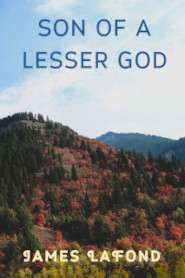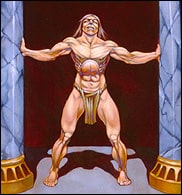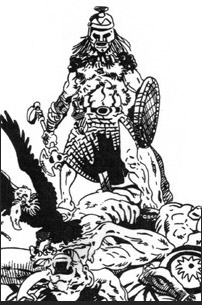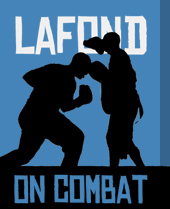The Way Back
A Peter Weir film
2010 Image Entertainment
A friend bought me a copy of this movie after I told him about The Long Walk, Slavomir Rawicz’s book about his incarceration and escape from a Soviet gulag in 1939 [See Pedestrian Extremes on this blog]. The movie states up front that the film is only inspired by, not based on, this epic 4,000-mile trek to freedom.
The cinematography is breathtaking. The scenes were filmed in Bulgaria, India, Morocco and Australia. Ed Harris, as always, playes an excellent supporting role, and Jim Sturgess is a sympathetic leading man. The dialogue and acting is very good. The Way Back, is not however, nearly as gripping a survival story as the real one it was based on. The movie was co-opted by National Geographic Entertainment and the Polish Film Institute in order to tell a larger, less personal, tale.
The movie is actually an attempt to use the 4,000-mile walk as a point of departure to help the modern uneducated person understand something of the horrors inflicted on Poland, and Tibet by communist conquest. They did a good job, and did not dishonor their inspiration’s actual struggle. The only part that is faithful to Slav’s tale is the march across the Gobi in summer. Everything else is concocted or composited to help educate the modern secular person, who generally lives a life as devoid of historical perspective as that of a medieval villager.
The first and most obvious example is the character played by Colin Farrell. The introduction of a tattooed Russian criminal was a way to give the modern young person a viewpoint, a character they could identify with. Honestly, the Polish war veterans, decent devote Catholics to a man, who made the actual trek, would just be too difficult for the modern materialistic couch potato to identify with. I told my friend, when I noted the fictional criminal, that he was introduced largely to have a modern-type selfish person there to suggest that he and the starving survivors eat their dead comrades. This never happened in The Long Walk, but had to happen in The Way Out, so that modern people could identify. Viewers from the culture that lionized the South American soccer players who ate their friends in Alive!, could not credit a survival movie as realistic if the cannibalism question was not at least given voice.
There were also attempts to de-Westernize and de-Americanize the story: like the decision to have the survivors rescued by Indian officers rather than British ones, and by having Mister Smith, the lone American, desert his Eastern European companions, instead of making sure the Brits took care of them, as the real Mister Smith did. Things like this are necessary tradeoffs in any attempt to communicate past realities to the people of the unreal present.
My only complaint was the absence of Zaro the jokester Balkan athlete, and Kolemenos the kind Lithuanian giant. It was these two men, with their physical gifts, that made the winter climb of the Himalayas possible. The best thing about the real story was the Polish girl [played by Saoirse Ronan] who the men adopted as a little sister, and who served to inspire them as they could not have inspired themselves. The movie-makers depicted her more faithfully than any other aspect of the book. She made the movie work, just like she made the men walk and the reader turn the page.
I think I’ll watch it a few more times if just for the scenery and the close up of the wolves.











